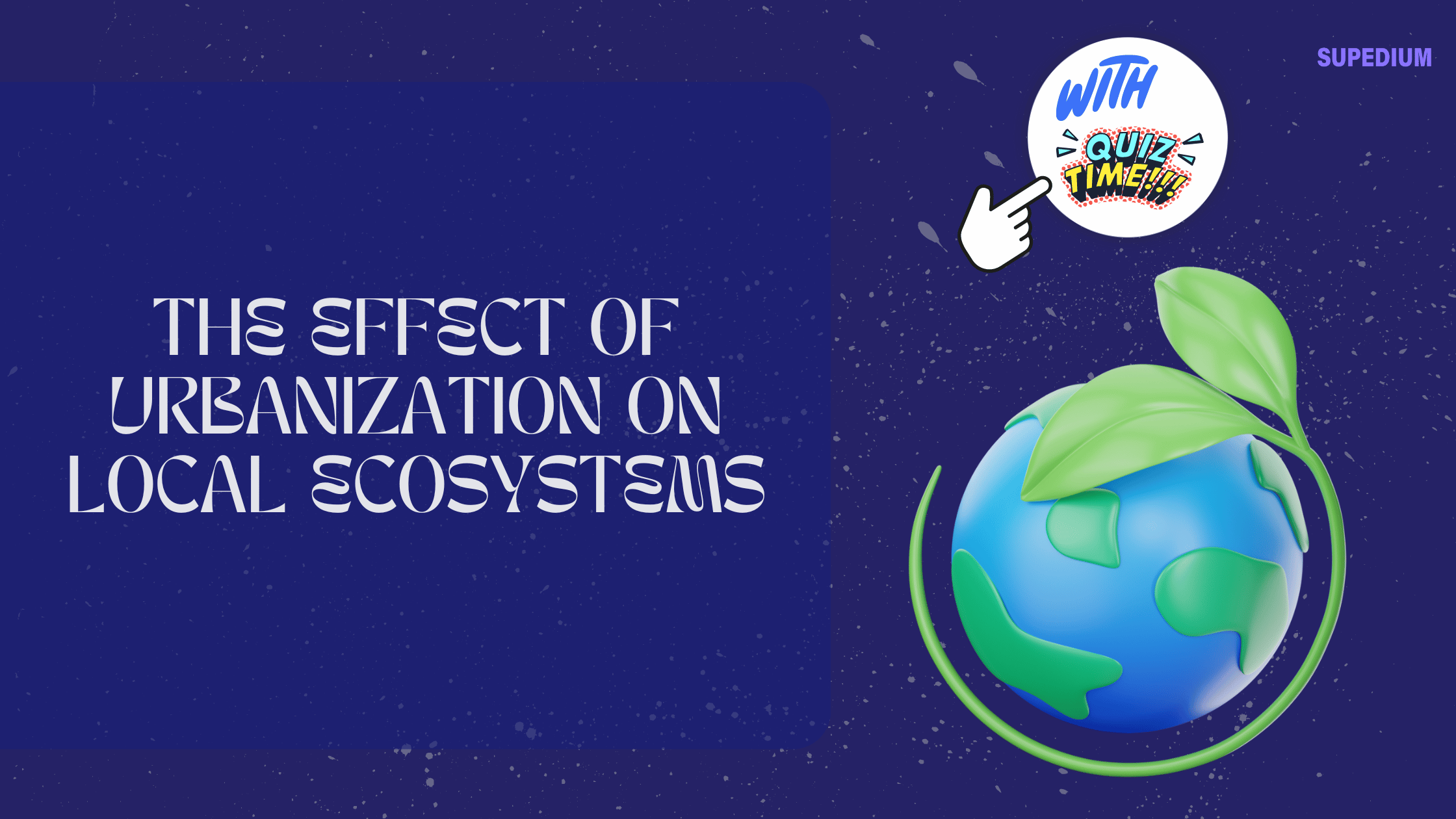![]()
“Indian cuisines and culinary inheritance represent real luxury,” says Gaurav Bhatia Sotheby’s India Ex MD, former Managing Director of LVMH Moet Hennessey.
He illuminates the fact that millennials are the most curious customers to hunt for global cuisines and experience ‘luxury on the table’. Gaurav Bhatia talks about some unusual, unique, and exotic meats and plants people love to dine on.
Talking about luxury on a table, sybarites have enormous options to choose from. Atypical but exotic food accounts for supreme luxury. Food lovers are ready to pay a fortune in the quest of tasting bites that tops the bar of taste, popularity, extravagance, and uniqueness. On the basis of demand and rarity, the peerless dishes by top chefs count for the list of luxury foods that are not only toothsome but also the most expensive platters.
To clarify the connection between food and luxury, Ex Managing Direction, Sotheby’s India, Gaurav Bhatia says, “Food that have distinctive qualities depending on their rarity, are capable of holding notes of refining texture, taste, context, or other qualities such as stimulant or inebriant, falls under the category of luxury.” Gaurav Bhatia infers how the enthusiastic upcoming generation will include in making the most curious customers to try different cuisines that exist and explore the world of luxury in terms of food. This generation is adventurous enough to even taste some of the most bizarre yet exotic meats and plants.
The inclination towards luxury food is awarding for the present social media generation with food bloggers and lifestyle influencers in the picture. They make the audience familiar with the trend in the culinary industry. “Young Indians welcome new experiences with open heart in the view that they are more venturesome as compared to the previous generation. Their exposure to travel, social media, raw culture, and other experiences results in liberal-minded thinking. The carefree attitude of collecting new experiences and memories paves way for approaching a new culture.”
The idea of culinary is not a recent event. Traditionally, customs and civilisation were figuratively different in the terms of quality and intricacies, characterising food items as an indication of social ranking. Over the Middle Ages, nobility and the upper-class enjoyed better diets with different meat options such as pork, lamb, fish, shellfish, spices, cheese, fruit, etc., being the symbol of luxury. Whereas, the lower-class were not allowed to have these items.
In older times, smooth-tooth desserts made of rich cocoa beans and fancy chocolates took luxury food through the royal households of England. The narrative of luxury food has changed from ‘rich in calories’ into ‘rich in nutrients. The shifting role of luxury food has essentially extended to count in the list of absolutely sought-after bites today.
India, being rich in culture, has been a part of luxurious food production. Every era gave a new and rich recipe made by different dynasties that ruled over India. The kitchens of Maharajas were huge. Mughals introduced to us a variety of meat dishes. We inherited cooking habits and qualities from the footprints of the French, Portuguese, and British people, that we call luxury food today. For example, most people are unaware that samosa and jalebi are imports of ancient Persia.
Saffron makes it to the top position in the list of luxury food items in the country. The red spice is a status symbol not just in India but other countries too. It counts as one of the most expensive ingredients- costing more per ounce than gold. Gaurav Bhatia, CEO Maison India and ex MD Sotheby’s India, linked with the esteemed luxury house LVMH Moet Hennessy, explains the reason behind saffron being so expensive is that it is very rare in nature.
The spice ‘saffron’ originates from a flower called crocus sativus, that blooms for a week or two in a year, during autumn. It’s cropping span is very short. The harvesting of this spice is done by hand and is quite a laborious job. Gaurav Bhatia says, “Each saffron flower having only three stigma means that it requires acres of land to grow a small quantity, i.e.; 15,000-16,000 flowers produce 1 kilogram of saffron spice. Adding a pinch of saffron to rice or dessert enhances its taste and texture and takes it to another level with incredible fragrance.”
“Truffle is another cocoa type that is luxurious,” says Bhatia. It records a sale price of $330,000 for truffle weighing 1.5 kg. It is an underground fungus found in the Piedmont region of Northern Italy. It grows unpredictability in the wild along with the lengths people go to find and harvest it. It makes the list of luxury food as it is hard to find, grow, and harvest.
Iberico ham, Wagyu beef, and Foie gras are considered to be the costliest food items and maintain their dominance of meat on the table of luxury. Former MD Sotheby’s India Guarav Bhatia mentions, “The drink undisputedly won by Kopi Luwak coffee sold at $700 per kg sounds bizarre but is true. This drink comes from coffee beans eaten and partly digested. Then it is defecated by the Asian palm civet or the civet cat.”
Food items like Caviar and Oysters that are a part of the seafood category, are highly priced because they are difficult to procure. It’s tricky to handle them. Along with that, the reasons like over-fishing and pollution in water bodies makes it hard to find them. They are the rarest items to get a hand on. Gaurav Bhatia sheds light on this fact, he says, “The Guinness World Records accords that the most expensive caviar is of white caviar sold for $34,500 per kilogram, credited to its intense aroma and taste.”
“Gucchi, an Indian truffle variant, javitri or mace, jayphal or nutmeg, and kashmiri saffron tops the list of luxe food in India,” he adds, “Luxury is not about the ingredients. The key to a luxury dish is its recipe. The recipes we inherited from our culture and families is the greatest luxury,” concludes Bhatia.
Share This




Be the first to comment